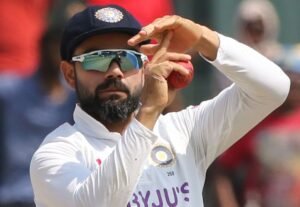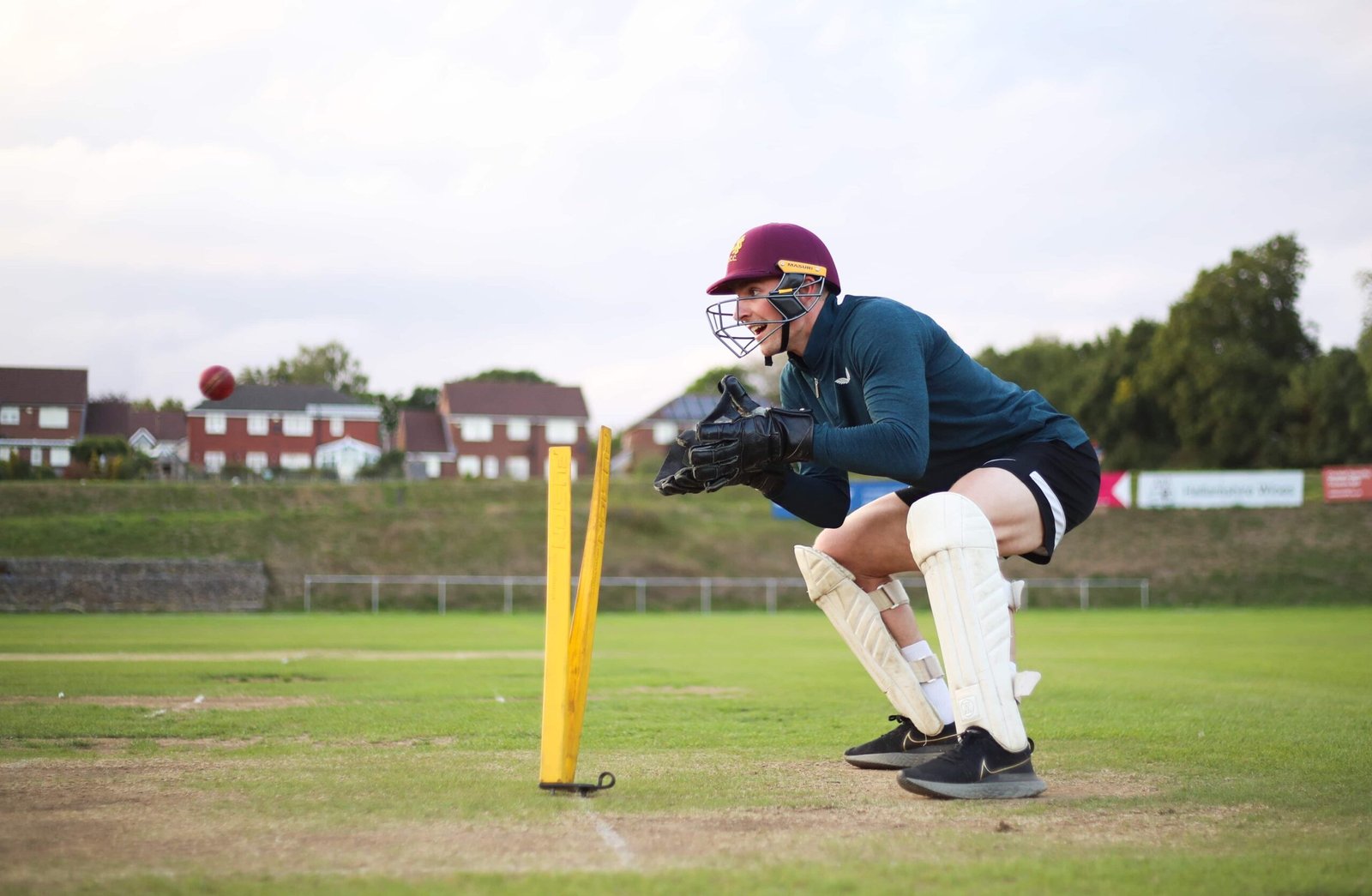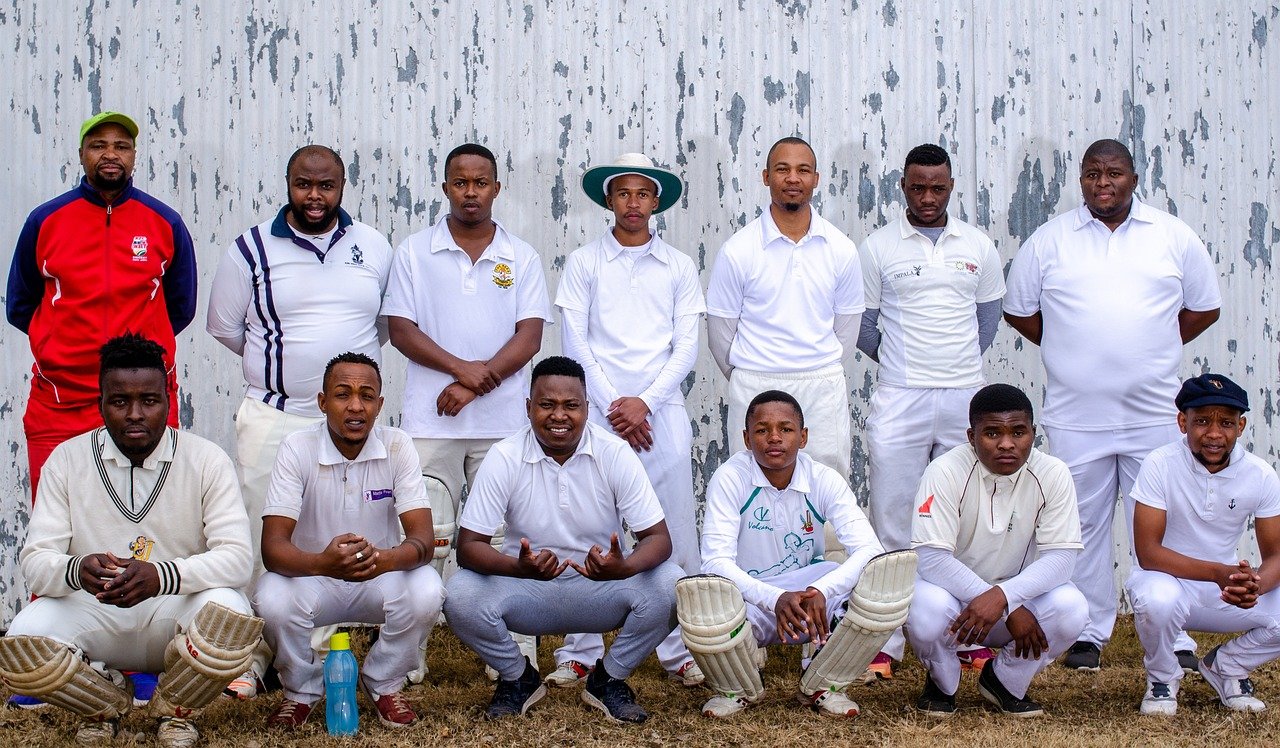In cricket, the two on-field umpires oversee the match and make crucial decisions, including responding to appeals. However, there are moments when certain situations—like boundary calls or contentious dismissals—may not be clear-cut for the on-field officials. This is where the third umpire plays a vital role.

The third umpire is an off-field official tasked with assisting the on-field umpires by reviewing contentious decisions referred to them. The third umpire ensures greater accuracy in decisions by using advanced technology such as slow-motion replays, ball-tracking systems, and ultra-edge technology. Common scenarios requiring their input include run-outs, stumpings, boundary decisions (like determining if a fielder touched the boundary while fielding the ball), and catches where it’s unclear if the ball was caught cleanly. The third umpire’s involvement is essential to maintaining fairness and precision in the game.
Decision Review System (DRS)
Occasionally, players may challenge an on-field umpire’s decision. This is where the Decision Review System (DRS) comes into play. The International Cricket Council (ICC) defines DRS as a technology-assisted process to support match officials. On-field umpires can request assistance from the third umpire through an Umpire Review. Meanwhile, players—whether batsmen or bowlers—can also challenge decisions using a Player Review, referred to the third umpire for evaluation.





